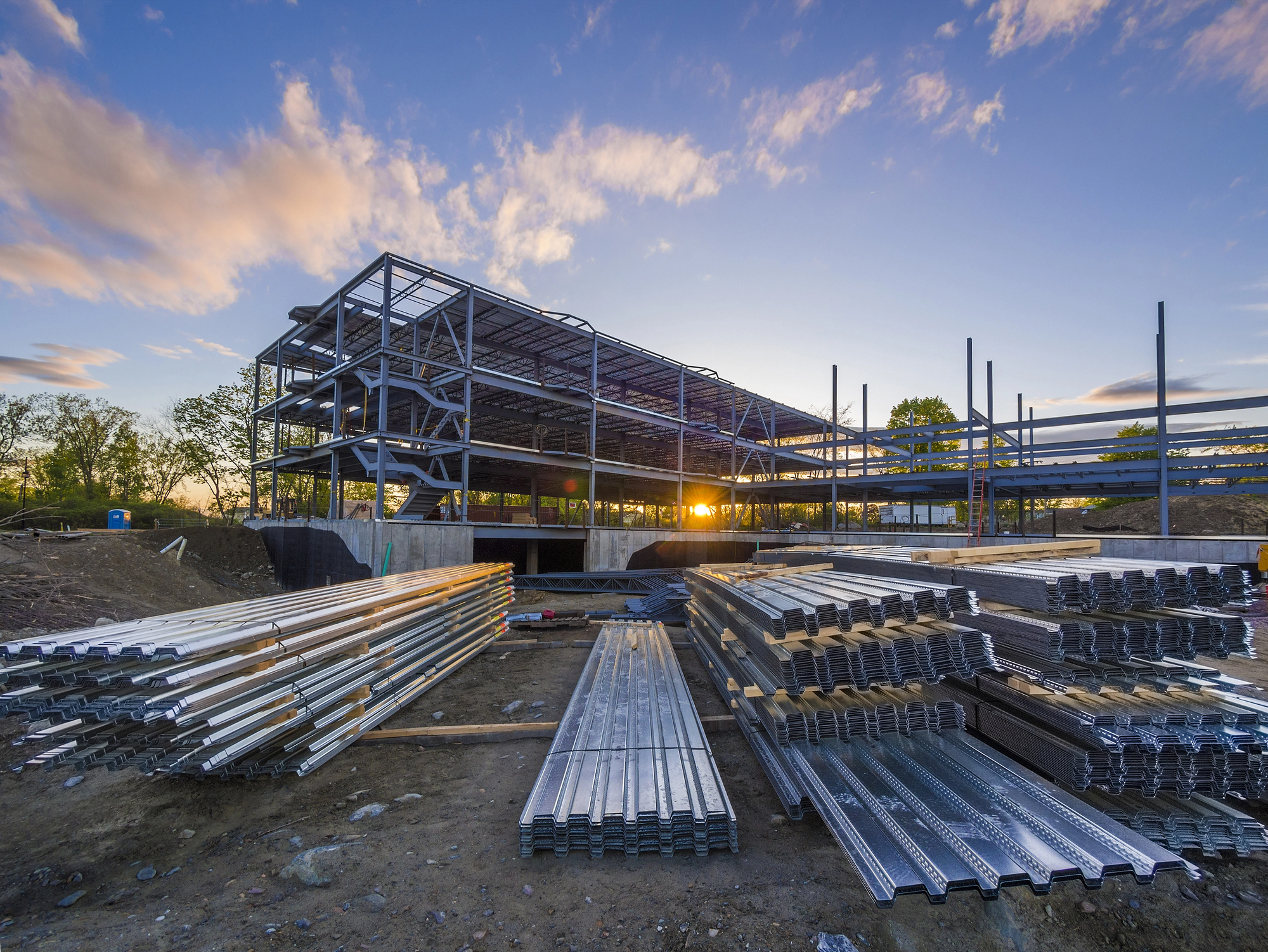
As the final months of 2025 unfold, Rochester-area developers and construction financing leaders report a tight but resilient market. Despite headwinds from rising labor costs, material inflation, and supply chain disruptions, developers are adapting with stronger financial planning, improved cash reserves, and renewed optimism about 2026.
Rochester's construction financing environment reflects broader national trends, but with distinct regional characteristics. According to a November 4, 2025 analysis from Rochester Business Journal, the primary challenges facing developers include:
Jon Fogle, Manager of Commercial Banking at ESL Federal Credit Union:
Fogle identifies "managing uncertainty" as the biggest challenge for Rochester developers. "The changes in interest rates and expectations of rates declining have made timing, planning, and budgeting more complex for developers," he notes.
However, Fogle also highlights positive trends: "Multi-family and industrial projects continue to show strong demand, with new development opportunities emerging across the Greater Rochester area. We are also seeing positive momentum in the hospitality sector."
Fogle observes that developers are entering projects with increased preparedness: "They are engaging in more proactive planning, scenario modeling, and financial forecasting to mitigate risk. As interest rates begin to decrease, we are seeing more confidence among developers to move forward with their projects."
Key takeaway from ESL: Developers with larger cash reserves are better positioned to manage unexpected costs and carry projects through completion, emphasizing the importance of liquidity.
Charles J. Vita, Executive Vice President and Chief Lending Officer at Canandaigua National Bank:
Vita provides national context for Rochester's market. "Nationally, overall construction permits remain fairly low. Building permits declined 3.7% from July to August 2025—the lowest rate since May 2020—driven in part by decreases in single-family and multi-unit permits in the Northeast, Midwest, and South."
This decline reflects national headwinds including high interest rates, labor costs, and material prices. "These costs have led developers and people in general to put good projects on the shelf for a bit," Vita explains.
However, Rochester shows resilience: "In our region, we are seeing a fair amount of construction deals, especially in multifamily housing, where the vacancy rate remains really strong." Vita also highlights strong local demand for warehousing, flex space, and mixed-use development, along with stabilization in the office sector.
Growth indicators: Canandaigua National Bank reports strong year-over-year growth in construction lending, with particular strength in multifamily housing, office deals, hospitality, and flex/warehouse industrial projects.
Martin Birmingham, President and CEO of Five Star Bank:
Five Star Bank has increased commercial real estate exposure year-over-year as developers have moved forward with new projects, including some that were paused in 2022-2023 due to workforce and materials availability challenges.
"As we go into 2026, I actually think that trend will continue," Birmingham says. "But it is definitely subject to how people are feeling and how the underlying economy plays out."
Five Star's approach emphasizes responsible underwriting: "We've tried to approach our commercial real estate underwriting with our customers in a very judicious and responsible way, making sure that projects are well grounded in market studies, capability for execution, and other common-sense considerations."
A significant shift in developer sentiment has occurred over the past year. According to Fogle's observations:
Both lenders and developers are now placing greater emphasis on cash flow analysis rather than loan-to-value ratios when determining financing package sizes. This reflects a more conservative, risk-aware approach to project financing.
Multifamily housing stands out as the strongest sector in Rochester's construction market. Factors supporting multifamily development include:
This aligns with recent Rochester development announcements, including the First Genesis Single Family Homes project and various apartment complex proposals.
Warehousing, flex, and mixed-use space continue to show strong demand in Rochester. This reflects broader trends in:
While the office sector faced significant headwinds post-pandemic, signs of stabilization are emerging in Rochester. Lenders report:
Based on banker insights, developers should consider these strategies for navigating Rochester's construction financing market:
Developers with larger cash reserves can absorb unexpected costs, including:
Lenders increasingly focus on cash flow analysis rather than traditional loan-to-value metrics. Strong cash flow projections can support project financing even in tight markets.
Scenario modeling and financial forecasting allow developers to anticipate challenges and adjust project economics early in the development process.
Target development in sectors showing strong regional demand:
Upcoming state electrification requirements for new buildings may trigger unexpected costs. Early engagement with utility companies and electrification planning can prevent project delays.
While national building permit data shows weakness (down 3.7% July-August 2025), Rochester's construction market demonstrates resilience. This reflects:
Rochester construction financing leaders express cautious optimism about 2026:
For construction contractors serving Rochester developers, the financing environment has important implications:
Rochester's construction financing market reflects both national challenges and local resilience. While developers face tighter financing conditions, rising costs, and workforce challenges, they're responding with improved planning, stronger financial reserves, and strategic focus on high-demand sectors. For contractors, bankers, and developers, the next 12 months present opportunities for well-planned, financially sound projects—particularly in multifamily housing and industrial space where regional demand remains robust.
Sources: Rochester Business Journal (November 4, 2025); Interview insights from ESL Federal Credit Union, Canandaigua National Bank, and Five Star Bank; Federal building permit data (July-August 2025)
EPA announces $7B in WIFIA water infrastructure financing with 5 new loan approvals, opening major construction opportunities for water systems nationwide.
Rochester City School District seeks $125M state funding to accelerate facilities modernization across five aging school buildings, citing tariffs and inflation impacts on construction costs.
Rochester construction executive Thomas Murphy elected chair of national Associated Builders and Contractors board, bringing local expertise to national construction industry leadership.